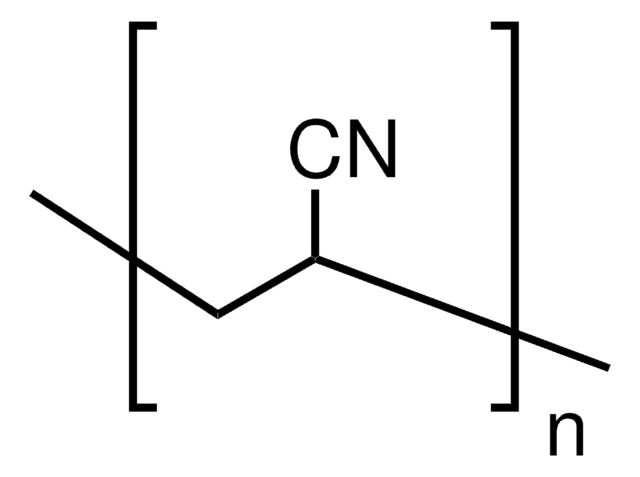338842
Barium titanate(IV)
powder, <2 μm, 99.5% trace metals basis
Synonym(s):
Titanium barium oxide
About This Item
Recommended Products
Assay
99.5% trace metals basis
form
powder
reaction suitability
reagent type: catalyst
core: titanium
particle size
<2 μm
density
6.08 g/mL at 25 °C (lit.)
SMILES string
[Ba++].[O-][Ti]([O-])=O
InChI
1S/Ba.3O.Ti/q+2;;2*-1;
InChI key
WNKMTAQXMLAYHX-UHFFFAOYSA-N
Looking for similar products? Visit Product Comparison Guide
General description
Application
Signal Word
Warning
Hazard Statements
Precautionary Statements
Hazard Classifications
Acute Tox. 4 Inhalation - Acute Tox. 4 Oral
Storage Class Code
11 - Combustible Solids
WGK
WGK 1
Flash Point(F)
Not applicable
Flash Point(C)
Not applicable
Personal Protective Equipment
Choose from one of the most recent versions:
Already Own This Product?
Find documentation for the products that you have recently purchased in the Document Library.
Customers Also Viewed
Articles
Perovskite-phase metal oxides exhibit a variety of interesting physical properties which include ferroelectric, dielectric, pyroelectric, and piezoelectric behavior.
A significant limiting factor for wearable electronics and wireless sensors is the finite amount of energy that can be stored in on-board batteries.
Our team of scientists has experience in all areas of research including Life Science, Material Science, Chemical Synthesis, Chromatography, Analytical and many others.
Contact Technical Service













